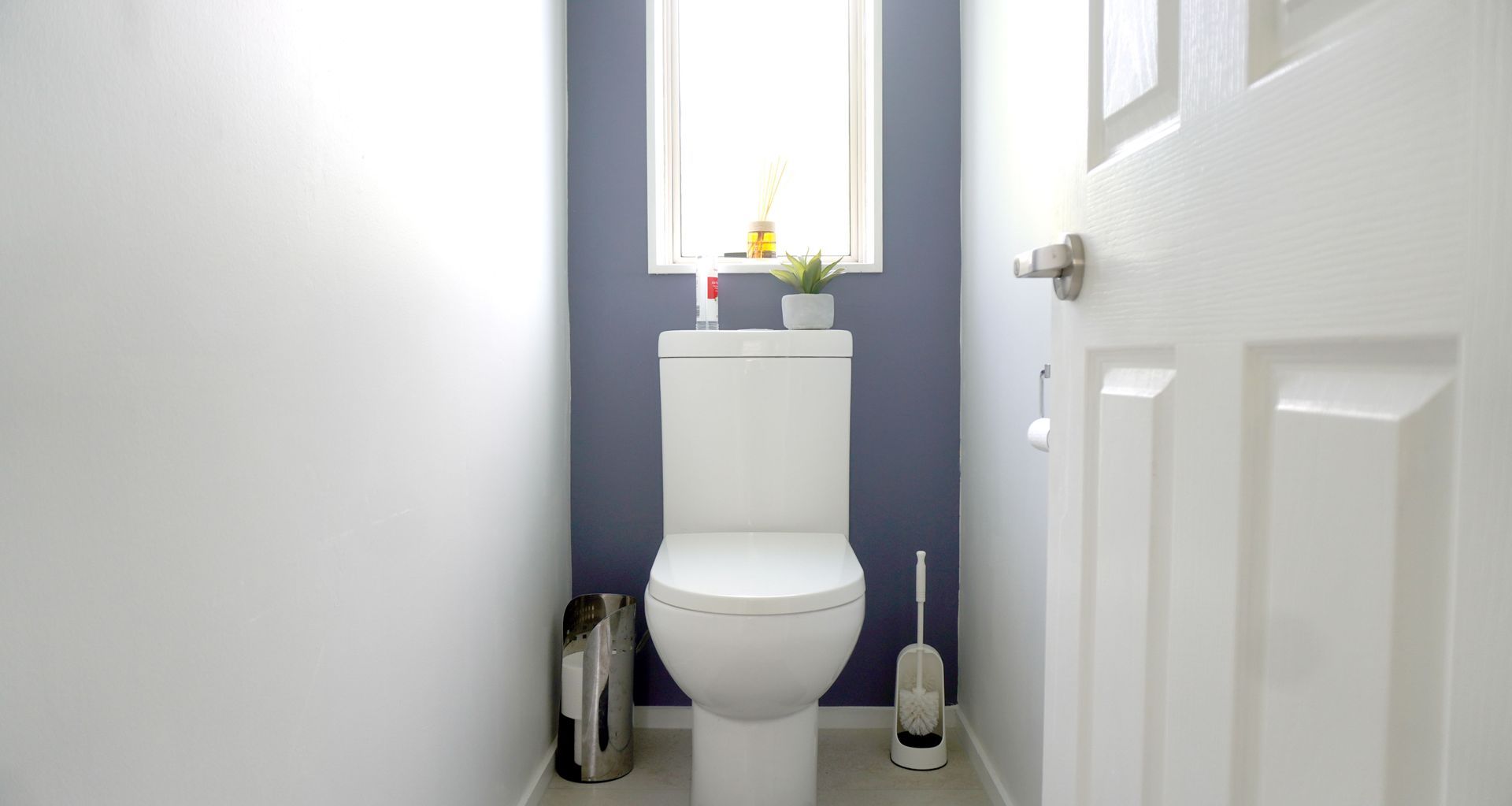Adding a New Toilet in New Zealand: Costs, Considerations, and Building Code Requirements

Adding a New Toilet in New Zealand: Costs, Considerations, and Building Code Requirements
Adding a new toilet to your home in New Zealand can significantly enhance convenience and value. However, this project requires careful planning, adherence to local building codes, and an understanding of the associated costs. This article will guide you through the essentials, from budgeting to compliance with New Zealand's building consent requirements.
Costs of Adding a New Toilet
The cost of adding a new toilet in New Zealand varies depending on several factors, including the type of toilet, plumbing complexity, and any additional construction work required. On average, you can expect the following expenses:
- Toilet Unit: Basic models start at around $150, while high-end units can cost upwards of $1000.
- Plumbing: Installing new plumbing can range from $500 to $2000, depending on the distance to existing pipes.
- Labour: Hiring a plumber typically costs between $70 to $120 per hour. Total labour costs can range from $500 to $2000.
- Building Consent: The cost for building consent varies by region but generally ranges from $200 to $1000 (not including architectural fees).
Total Estimated Cost: Depending on the specifics, adding a new toilet can cost anywhere from $2500 to $8000 (not including architectural fees)
Considerations for Adding a New Toilet
- Location: Consider proximity to existing plumbing to minimize costs. Adding a toilet close to existing bathrooms or laundry rooms is typically more cost-effective.
- Space: Ensure there is enough space to meet New Zealand's Building Code requirements, which dictate minimum dimensions for toilet rooms.
- Ventilation: Adequate ventilation is crucial to prevent moisture buildup and mould. Ensure compliance with ventilation standards as per the Building Code.
Challenges
- Plumbing Complexity: Adding a toilet far from existing plumbing can significantly increase costs due to the need for extensive pipework.
- Structural Modifications: You may need to reinforce floors or walls, which can add to the complexity and cost of the project.
- Building Consent: Navigating the consent process can be time-consuming and requires detailed planning and documentation.
Building Consent Requirements
According to John from Sonder Architects, all bathroom renovations that include adding a new toilet, require building consent. This ensures compliance with the Building Act 2004 and Building Code.
To apply for building consent, you'll need to provide:
- Detailed Plans: Including floor plans, plumbing schematics, and specifications.
- Project Description: Outlining the scope of work and how it complies with the Building Code.
- Cost Estimates: For the proposed work.
For more details, visit the MBIE website.
Difference Between Adding and Replacing a Toilet
Adding a New Toilet: Involves creating new plumbing connections, potentially modifying the structure, and obtaining building consent. This is a more extensive and costly process.
Replacing an Existing Toilet: Typically simpler and cheaper, involving swapping out the old unit for a new one. If no significant plumbing changes are required, building consent may not be necessary.
Adding a new toilet in New Zealand involves careful consideration of costs, space, and compliance with local building codes. While it can be a complex project, proper planning and consultation with professionals can ensure a smooth process. Always check with your local council for specific requirements and guidance.
For more information on building consents and costs, visit the New Zealand Government Building Performance website.
By following these guidelines, you can successfully add a new toilet to your home, enhancing both its functionality and value.
